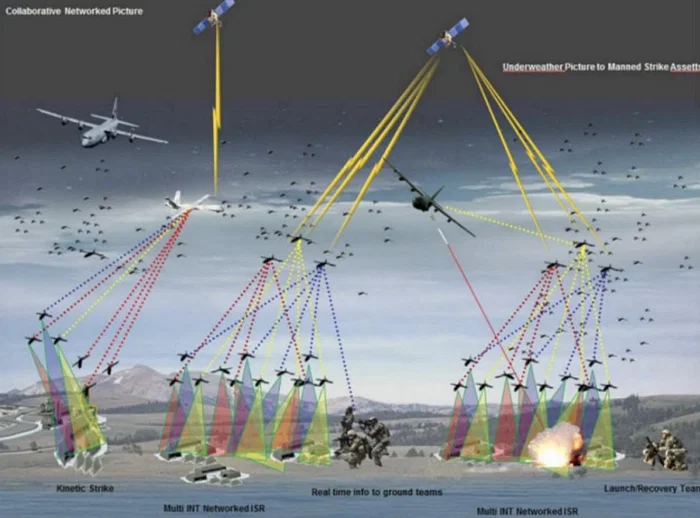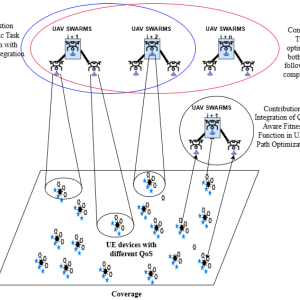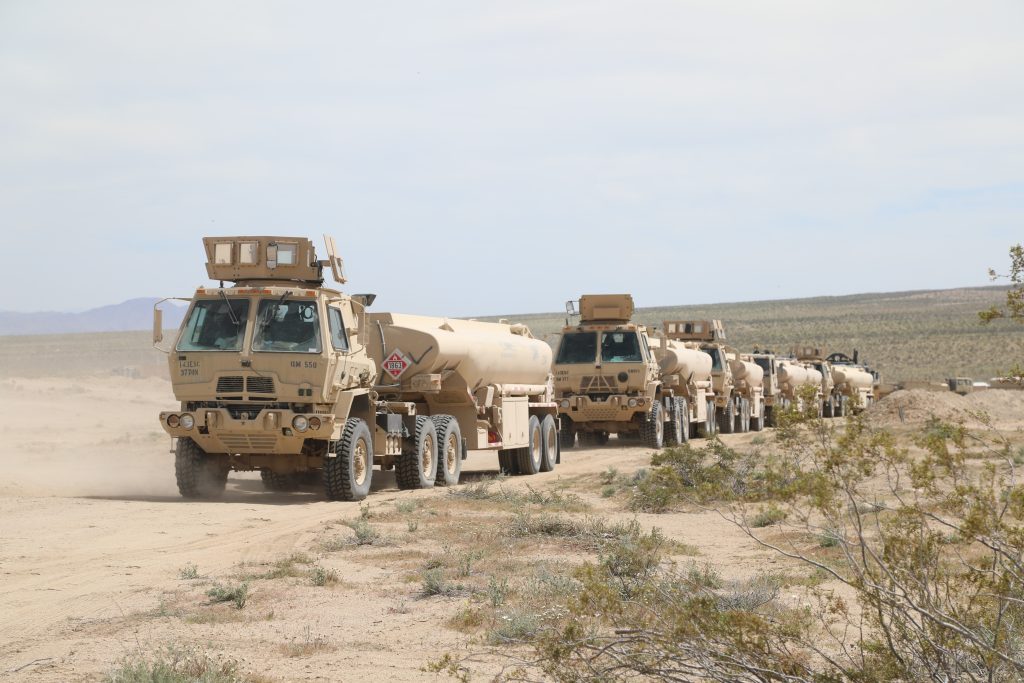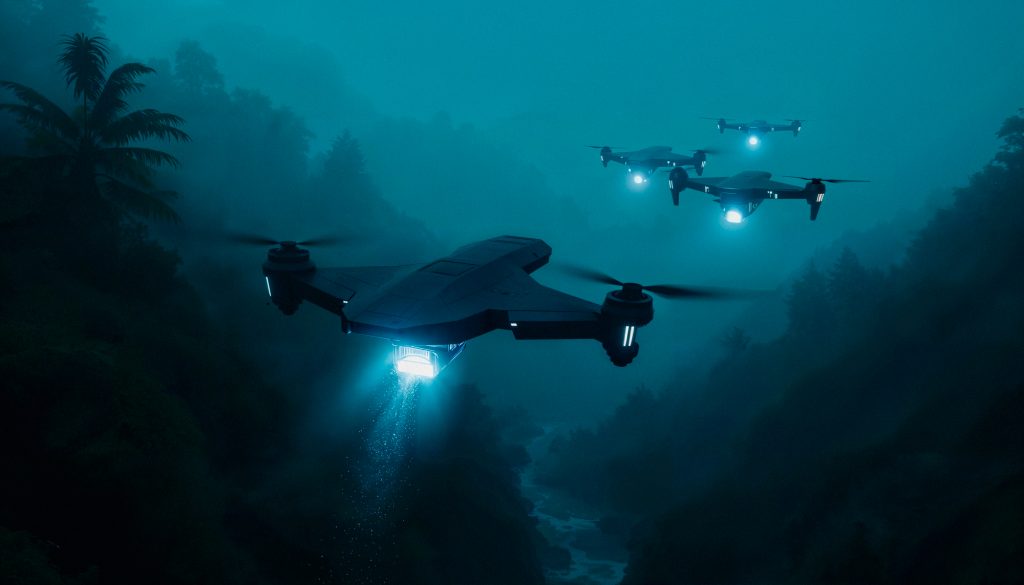In recent years, military drones have emerged as a transformative technology, reshaping the landscape of modern warfare. These unmanned aerial vehicles (UAVs) have proved their value in reconnaissance, surveillance, intelligence gathering, and even combat operations. As technology continues to evolve at a rapid pace, it’s worth exploring what the future holds for military drones. In this blog post, we’ll delve into the advancements and innovations that will shape the next generation of military drones.

Autonomous AI Systems:
One of the most significant developments in military drone technology is the integration of advanced Artificial Intelligence (AI) systems. Future military drones will possess autonomous capabilities, enabling them to make real-time decisions, identify potential threats, and adapt to dynamic combat scenarios. These AI-driven drones will reduce the need for constant human intervention, allowing military personnel to focus on strategic planning and decision-making.
Swarm Technology:
The future of military drones lies in swarm technology, where multiple drones work collaboratively as a cohesive unit. Swarms of drones will demonstrate enhanced coordination and synchronization, enabling them to undertake complex missions with greater efficiency. This advancement will revolutionize battlefield tactics, providing military forces with unprecedented flexibility and responsiveness.
Stealth and Low Observable Features:
As adversaries develop advanced air defense systems, stealth technology will become paramount in future military drone designs. Military drones will incorporate low observable features, making them harder to detect by radar and infrared sensors. This will grant drones increased survivability and the ability to penetrate heavily defended territories, further expanding their tactical advantage on the battlefield.
Extended Range and Endurance:
To enhance their operational capabilities, future military drones will boast extended ranges and longer endurance. Improved propulsion systems and energy-efficient technologies will enable drones to stay aloft for extended periods, increasing their coverage area and reconnaissance capabilities. This extended range will also allow military forces to conduct missions across vast distances without the need for extensive logistical support.
Energy Harvesting:
In an effort to increase the sustainability of military operations, future drones may incorporate energy harvesting technologies. These systems would allow drones to recharge or supplement their power sources through solar panels, kinetic energy recovery systems, or other innovative means. Energy harvesting will not only extend drone missions but also reduce the overall environmental impact of military operations.
Cybersecurity and Counter-Drone Measures:
As drones become more prevalent on the battlefield, ensuring their security and guarding against potential threats becomes crucial. Future military drones will be equipped with robust cybersecurity features to prevent hacking and tampering by adversaries. Additionally, counter-drone measures will be developed to protect military assets from hostile drones, enhancing overall operational safety.
Conclusion:
The future of military drones promises a new era of innovation and capabilities, transforming the way armed forces conduct operations. From AI-driven autonomy and swarm technology to stealth features and extended endurance, the advancements in military drone technology will undoubtedly shape the future of warfare. As these technologies continue to evolve, it is vital for military forces to stay at the forefront of drone development to maintain their strategic advantage and ensure a safer, more secure future.














